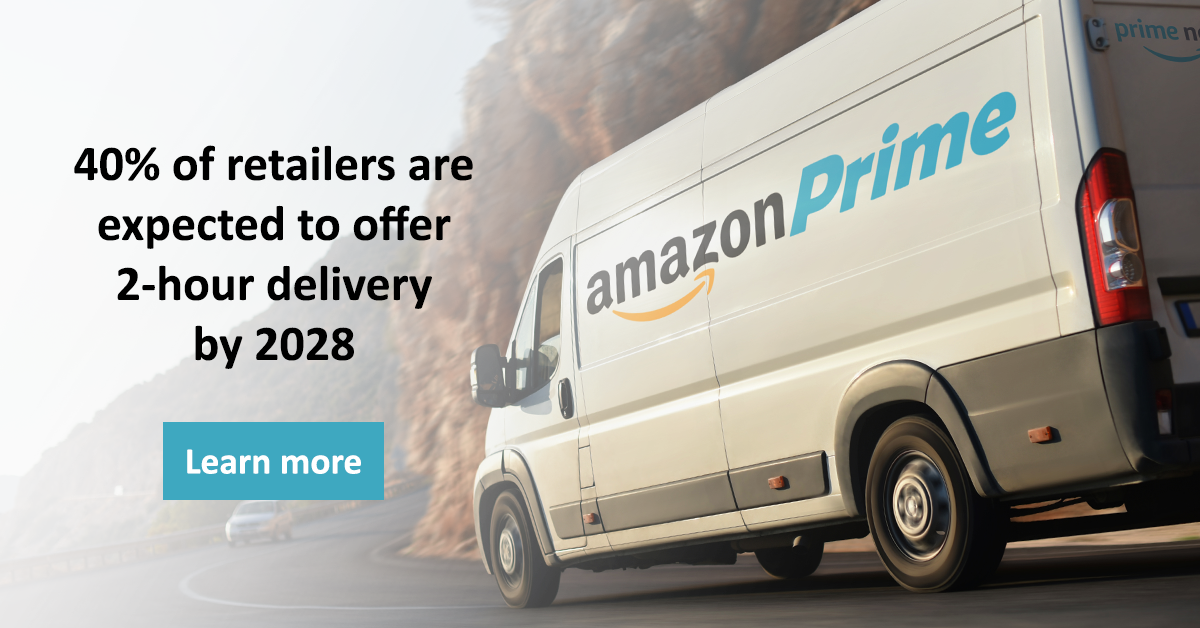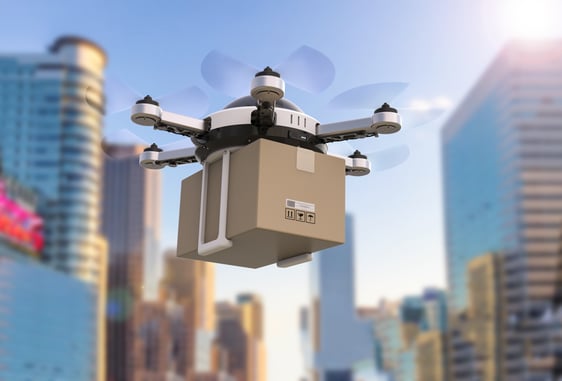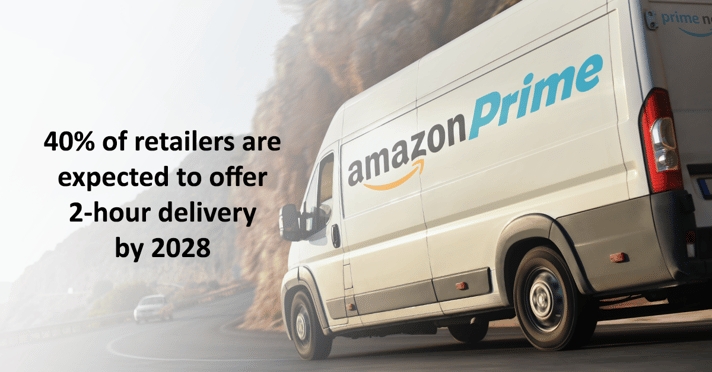
4 Ways Amazon Revolutionized Shipping for Consumers and Businesses
Shipping has been a source of both customer satisfaction and strife since well before eCommerce became a possibility. Spanning back to mail-order catalogues, logistics have played a vital role in human history. Amazon has changed the world with one- or two-day deliver, virtually unlimited selection, and even free shipping (for Prime members).
Amazon reshaped the face of logistics and procurement for both consumer applications and business. This reshaping led to one-in-four packages within the consumer sector being returned, based on data from a BigCommerce survey in 2018. Not only have consumer expectations changed, but Amazon offers procurement and supply management tools for businesses.
Reshaping Delivery Turnaround Expectations
Amazon and other business have been innovating upon concepts, such as crowdsourced delivery to simultaneously drive down costs and delivery times. There are four core aspects of purchasing which impact both consumer and business spending—convenience, speed, selection, and price.
Amazon has worked over more than a decade to offer a massive selection of goods—between Amazon Fresh, Restaurant, Home, Video, Kindle, and more, Amazon has put many businesses in a stranglehold for offering variety.
Consumer expectations are continuing to change as logistics technology continues to improve. Some features of technology—which promise an ability to shape sub-one-day delivery—include autonomous trucks, drone delivery systems, and ERP-based logistics management systems.

Combining Cost Efficiency with Time Efficiency
Convenience was a major driving factor in brick-and-mortar business—both in justifying the elevated costs which made physical retail sustainable and in impulsive consumer expectations. These perks were commonly offset by limitations in inventory and selection. eCommerce via platforms like Amazon has taken over both of these key drivers.
This is highlighted by only 28 percent of consumers preferring convenience, implying that it is present but unseen—with increasingly common same-day (or at worst, usually two-day) delivery and substantially lower cost of goods sold.
Because Amazon owns the warehouses, rather than leasing space, they can sell goods for much less, afford to eat higher shipping costs (within the fees from Prime membership)—and their selection is virtually limitless.
Traditional hub-and-spoke shipping networks have provided a “good enough” means of shipping for a very long time, but modern logistics companies are looking at adding crowdsourced “last-mile” delivery into their mix. By crowdsourcing the last mile, carriers are able to substantially reduce their shipping costs.
Trucking, freight, shipping, and other forms of aggregate shipping are relatively low cost, but only because all the packages go to the same places, or to places along the same route. Amazon is seeking to pioneer scalable last-mile delivery and reduce shipping times to less than 24 hours as the technology behind autonomous and crowdsourced delivery becomes more readily usable.
Prime Membership Benefits Setting Expectations
Prime membership satisfies two criteria for order fulfillment—cheap (or free) shipping and quick delivery turnaround (usually one to two days with Prime Delivery). A study from Roadie showed that 40 percent of retailers expect to offer two-hour delivery by 2028. Both businesses and consumers can access prime discounts, shipping guarantees, and other membership benefits.

At its core, much of Amazon’s value lies within the services provided by Prime membership. By aggregating the most substantial experience-driven benefits into their membership, Amazon has forced others to cater their shipping prices, shipping times, or both. These competitive pushes have come ahead of the Everything-to-Customer (X2C)-via-drones leap, which can successfully deliver packages to customers.
Regardless of a customer’s needs, they are being increasingly reassured—every day—that a vendor like Amazon or Alibaba can fulfill their desires. The change over the last decade has been a stark one—knowing that around 70 percent of people are seeking the cheapest shipping first, followed by quick shipping, according to McKinsey and Co.
Expectations of Businesses Using Amazon
Businesses are able to aggregate their procurement and order management tasks into the toolset provided by Amazon, along with reaping ever-increasing discounts on regularly purchased goods, such as foods, paper, and office supplies. The best part? Amazon is friendly to several ERP and procurement software systems, such as SAP.
We provide ShipERP, the SAP-integrated solutions for all of your shipping needs from small parcel to LTL to FTL loads, ocean freight, and multi-modal / multi-carrier solutions. We can assist with warehousing, freight auditing, shipment planning and transportation, compliance, and more. Our solutions are created for suppliers and carriers alike, and all of our solutions are SAP-certified and integrated. For more information about how ShipERP can help your business or to request a demo of our solutions, visit us here.

